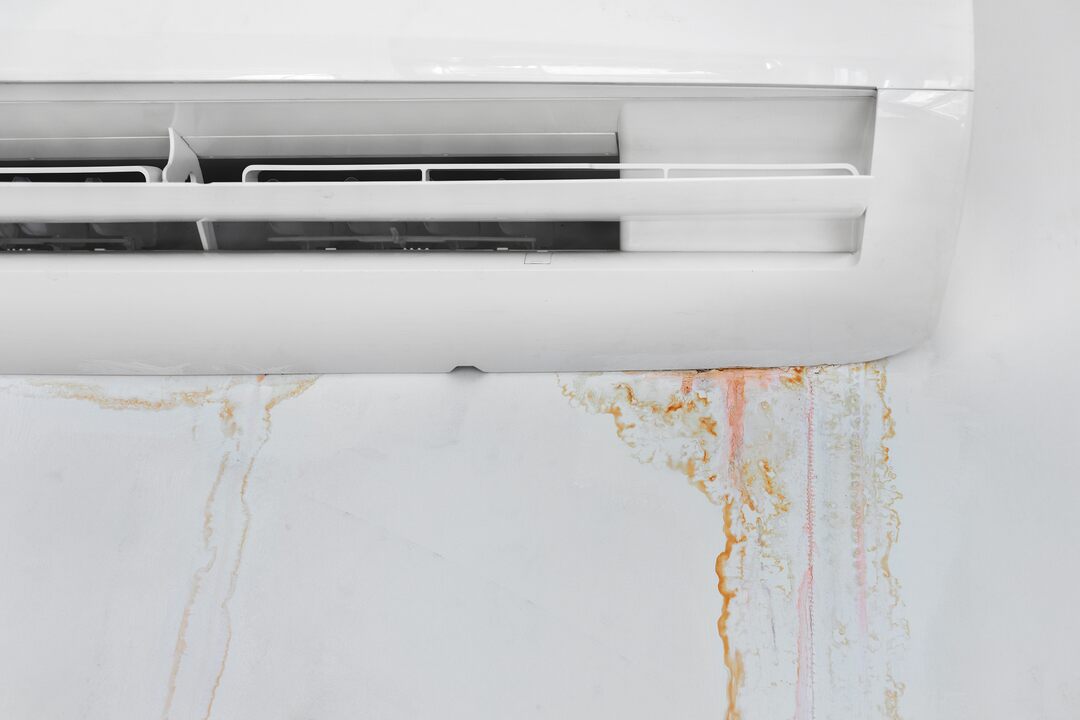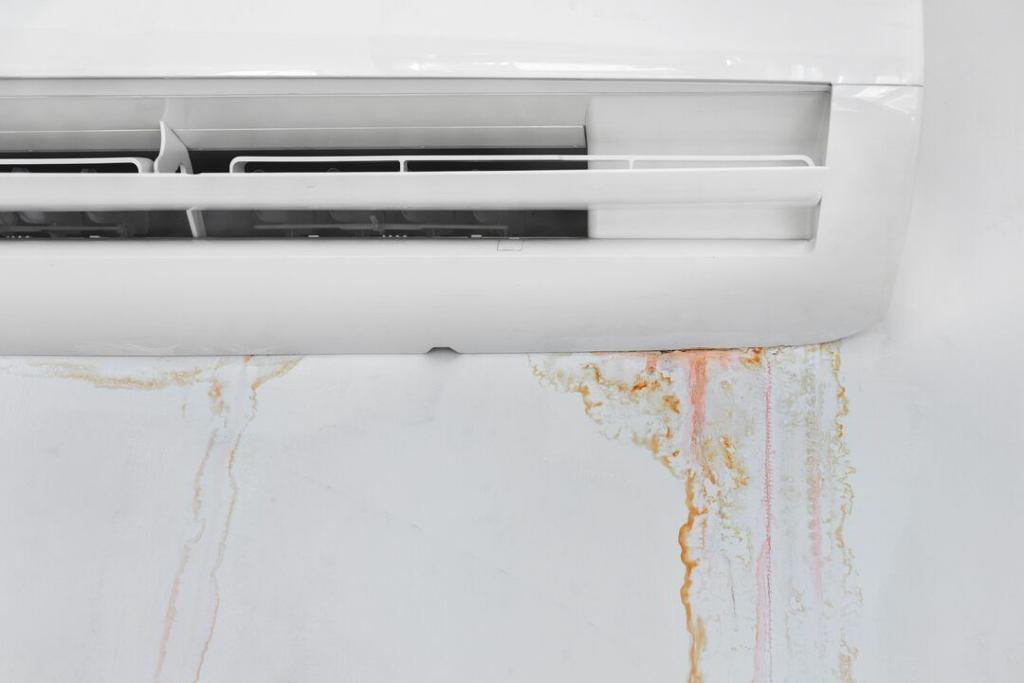
The Alarming Impact of Indoor Molds on Human Health

Introduction
Molds are a type of fungus that can grow in various environmental conditions, particularly in damp and humid environments. Indoors, fungi can be found in areas such as the bathroom, kitchen, basement, or any place where there is moisture. While they play a crucial role in nature by breaking down dead organic matter, their presence in indoor environments can pose significant health risks to humans. Recognizing and addressing mold issues promptly is essential for maintaining a healthy living environment.
Understanding Mold Exposure
Mold reproduces through tiny, lightweight spores that travel through the air. Humans can get exposed to these spores through inhalation, skin contact, or ingestion, leading to a variety of health issues. The severity of these health problems depends on the type of fungi, the extent of exposure, the individual’s health condition, and the duration of exposure. Recognizing the diversity of factors that influence fungi-related health effects is crucial for informed prevention and management.
Health Effects of Mold Exposure
The most common health effects associated with mold exposure are allergic reactions. The symptoms can range from mild to severe, including sneezing, runny nose, red eyes, skin rash, and asthma attacks. Prolonged exposure to fungi may even lead to chronic respiratory diseases.
Fungi also produces mycotoxins, toxic substances that can cause more severe health effects. Mycotoxin exposure can lead to neurological problems and, in some extreme cases, death. The infamous “black mold,” Stachybotrys chartarum, is known for producing mycotoxins that can cause severe health problems.
Some individuals are more susceptible to mold-related health problems. These include infants and children, the elderly, those with compromised immune systems, and individuals with chronic lung diseases.
Preventing Mold Growth
Mold is a common but often overlooked problem in many homes, and its impact extends beyond health concerns. Maintaining an environment free from fungi is a multifaceted endeavor that encompasses various aspects of daily living.
- Keeping humidity levels low, ideally below 50%, throughout the day is fundamental to mold prevention. This can be achieved through the use of air conditioners or dehumidifiers, which not only contribute to mold control but also enhance overall indoor comfort.
- A well-ventilated home is crucial. Properly functioning exhaust fans in areas like the kitchen and bathroom help expel moisture, reducing the conditions favorable for fungi growth. Ensuring your clothes dryer vents outside your home is another important ventilation measure.
- Addressing leaks in your home’s roof, walls, or plumbing promptly is vital. By eliminating potential sources of moisture, you can create an inhospitable environment for fungus to thrive.
- In cases of flooding, a rapid and thorough cleanup is essential to prevent fungi from taking hold. Acting within 24-48 hours significantly reduces the risk of fungi growth.
- Inhibitors added to paints provide an additional layer of protection, especially in moisture-prone areas like bathrooms.
- Regularly using fungi-killing products in your cleaning routine helps maintain a mold-free environment.
- Lastly, in cases of severe water damage, it may be necessary to remove or replace soaked carpets and upholstery that cannot be dried promptly.
By implementing these practical measures alongside mold prevention and remediation, you can ensure a safe, healthy, and comfortable living environment for you and your family.
Conclusion
Mold is a common but often overlooked problem in many homes. While it may seem harmless, it can cause a variety of health problems, from mild allergies to severe neurological conditions. Therefore, it’s essential to prevent fungi growth and to remove any existing fungi in your home diligently. By doing so, you can create a healthier and safer living environment for you and your family, ensuring long-term well-being. Don’t underestimate the significance of this proactive approach to management.



Leave a Reply